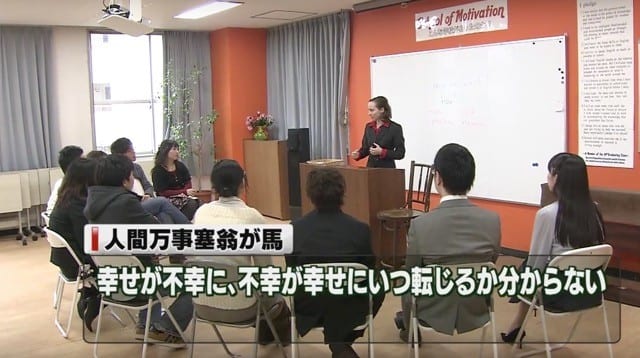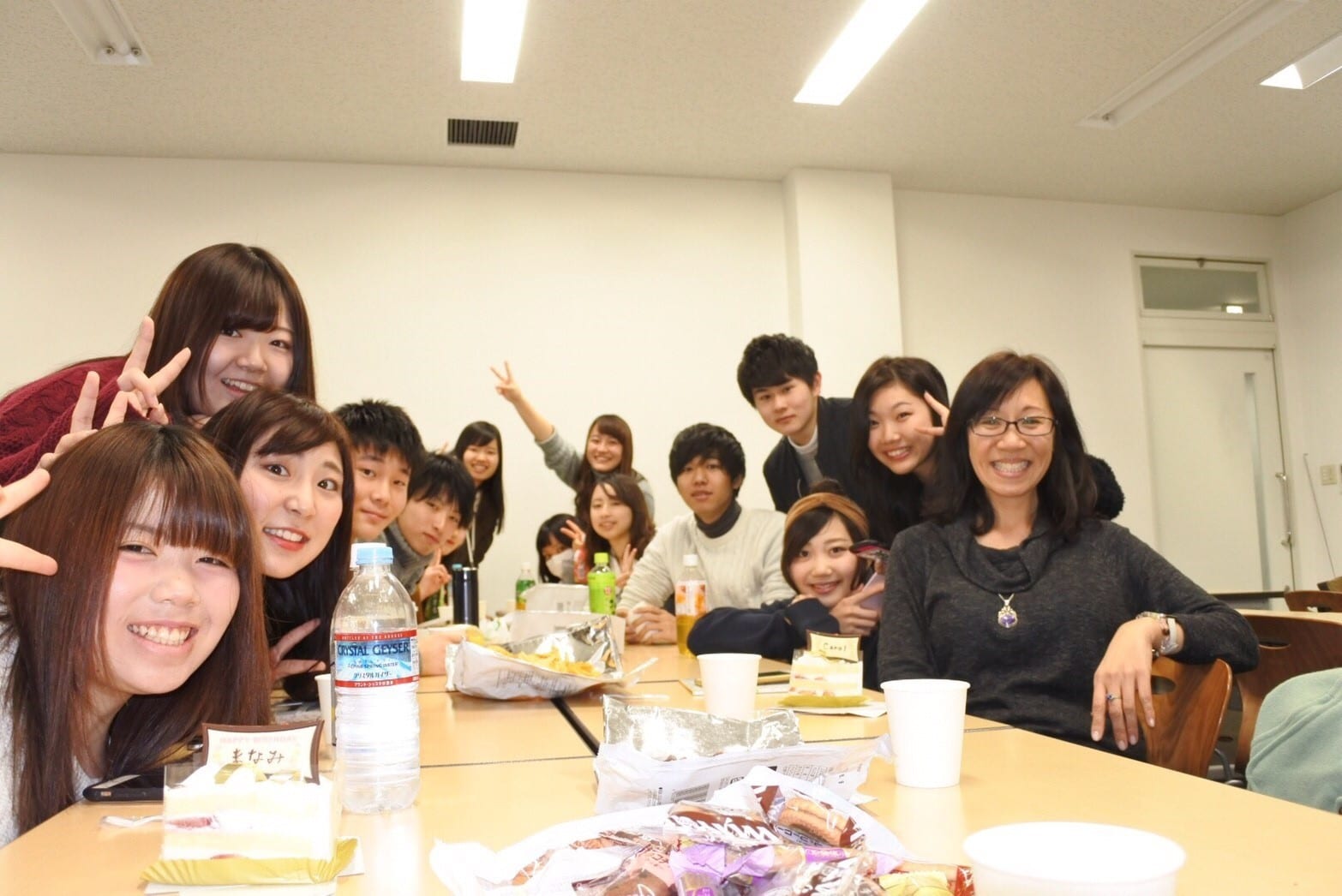If you’ve taught English in Japanese public schools, you already know the obvious reason why Japanese students can’t speak English. They don’t actually practice speaking! But there is another hidden reason why Japanese people struggle to speak English, and this reason prevents them from learning to speak even when they use methods that are designed to teach speaking.
Knowing the problem and how to solve it will shave years off the amount of time your students need to start talking confidently in English. In this OnTESOL graduate blog, Erica Derrickson shares a valuable solution she perfected over a decade of experience teaching English in Japan.
Recommended for experienced ESL teachers: 250-hour TESOL Diploma
The Problem
A close look at the materials Japanese students use to study English will show one (very saddening) consistency. For all questions, there is a “right” answer, there is a “wrong” answer, and 99% of the time, there is nothing in between. You either succeed, or you fail. No bonus for effort, no points for getting “close”. Occasionally you might come across the “triangle” score (where they get some credit for a partially correct answer), but it is not common and what doesn’t exist on the tests doesn’t really matter to them.
The problem with this “right or wrong” approach is that when you’re learning to speak a foreign language, it is literally impossible to not make mistakes. The only way one can possibly master a foreign language is to make mistakes and lots of them. They should be encouraging them to make mistakes, not punishing them!
What’s worse is that sometimes students will answer a question with perfectly correct English, but because it is not the correct answer listed on the test answer sheet, the answer is marked “wrong”. So not only do they have to get the “correct” answer, but they also have to get “the correct answer that the test maker prefers”. And sometimes the test makers prefer outdated English that your grandparents don’t even use!
With the exception of the few students who study like crazy and manage to avoid making many mistakes, by the time Japanese students get through a year or two of English, their confidence in speaking has been absolutely crushed. They have been taught to get things “right”, so whenever they try to speak, they search for the “right” answer (instead of lightheartedly trying to say something understandable), and at the same time, they are scared to death of the “wrong” answer.
The result? They start to believe they aren’t good at English, and most of them give up on speaking entirely and just try to pass the tests.
Read More: Recommended TESOL Certification for Japan
The Solution
When I began my career as a freelance “eikaiwa” (English conversation school) teacher, I encountered so many adult students with low confidence levels that I decided to try a new approach. Instead of jumping right into conversation practice, I dedicated the first few lessons to show my students how they had been trained to get the “right” answer and to avoid the “wrong” answer at all costs.
I showed them that there is usually not just one right answer, but instead innumerable ways to effectively express oneself in English. I also taught students to move away from thinking “Is this right or wrong?” and into “can this person understand me?”.
I saw my students’ confidence jump quickly, and they started to make tremendous progress. One student went from stumbling through sentences to near fluency in a matter of months. Seeing great results, I quickly shifted to using this method for every single student I taught, with the rare exception of the few who actually had high confidence and understood that mistakes are OK (Usually these students had spent some time studying abroad or at an international school).
If you teach students who have been through the Japanese school system (or are currently in it), and you want to see faster progress, show them that English is not about getting the answer “right”. Show them how the textbooks and tests try to convince them that there is only one correct answer, and then prove to them that there are actually a hundred correct answers! Teach them to focus on being understood instead of being right, and when it finally sinks in that it really is ok to make mistakes, their confidence in English and love for speaking will be through the roof.
Are you ready to teach English in Japan? Get started with a TESOL certification by OnTESOL!






